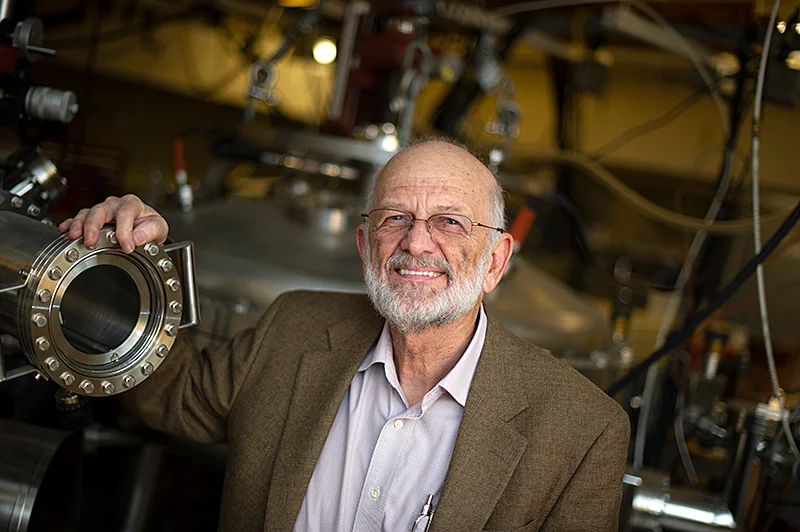 |
| Moment of Ovulation |
Creationists really have got their knickers in a knot over sex, especially when they insist the only purpose of sex is procreation and that doing it for pleasure or as a social activity is somehow sinful, something to be ashamed of, and not what their assumed intelligent designer designed us for.
If this were so, and if we
had been intelligently designed, there would be a link between ovulation (egg production) in women and intercourse, and not to an almost complete disconnect between sexual activity and ovulation. As it is, women ovulate every 28-30 days on average whether or not that have had sex. Even virgins and sexually inactive women produce a monthly egg or two. Unless they are pregnant or breast-feeding a baby, healthy women normally ovulate every month from the age of puberty until the menopause, usually between forty-five and fifty-five years of age - some thirty to forty years.
Whether or not they become pregnant will depend entirely on if and when they have sex and if a live sperm happens to come across a viable egg in the right place in her reproductive plumbing.
An intelligent designer who intended sex to be
only for procreation would have designed this process so that women only had sex when they were sure to get pregnant and that every instance of intercourse resulted in pregnancy. It's not as though such a system hasn't been designed. If you believe in this intelligent designer you will believe it designed the process so I'm afraid you are hooked on your own logic here.
Ironically, one of the best examples of sexual activity being designed to ensure pregnancy, thus ensuring its purpose is exactly what religious people insist sex is for, is to be found in the very mammal frequently cited as an example of promiscuity - the rabbit.

My first job as a school-leaver many years ago was as a laboratory technician in
Prof Geoffrey Harris's Neuroendocrinology Research Unit in Oxford. One of the things we were investigating was hormonal control of ovulation, using rabbits. Prof. Harris had discovered that the hormone which causes the ovary to shed its eggs is produced by the
pituitary gland in response to
'releasing factors' (we were trying to find out exactly what they were) which are produced by special nerves in the stalk attaching the pituitary to the brain. These 'releasing factors' are transported to the pituitary gland in blood by a microscopic 'portal system' of small blood vessels which ensures they are concentrated and delivered to the front lobe of the pituitary where they cause the pituitary to produce
'lutenising hormone' into the blood, which, when it reaches the ovaries, causes an egg to ripen and be shed.
One drawback to using rabbits is that you have to be careful how you pick them up, otherwise you can induce them to ovulate - which is not what we wanted as we were trying to induce this with hormones.
The reason we were using rabbits is because they are spontaneous ovulators, that is, they don't have an oestrus cycle but ovulate when mated. In rabbits, there is a simple reflex system which is initiated by mating, either by direct stimulation of the vagina, or even by a male mounting and attempting to mate - and this is where we needed to be careful. If you stroke a female rabbit's back, or her hind quarters, you can simulate the act of a male mounting her and cause her to ovulate, so you need to pick them up by the scruff of the neck and keep contact to a minimum.

So, in rabbits, which have sex like rabbits - duh! sex is for procreation and the system ensures a high degree of success, where most sex acts lead to pregnancy.
So, Creationists, if your 'intelligent designer' designed this system in rabbits, why didn't it use the same system in humans where
all the components are present and just need to be set up correctly to work the way you claim it intended them to work?
In fact, this system has probably been switched
off in humans and in at least our close cousins, the bonobo, because sex for pleasure and for other than procreation is so beneficial in terms of pair-bonding and social interaction and where sexual activity continues well past the menopause where is can have no procreational purpose whatsoever.
Of course, Darwinian Evolution has no problem at all explaining these differences. With both humans and rabbits the respective system used produces more surviving descendants given the long, slow childhood of human children which benefits from a pair-bond between parents, compared to the short period of maturity in rabbits which are independent of their mother in a few weeks, sexually mature and in a few months and in whose nurturing fathers play no part at all.
If the religious views of Creationists were sincere, and they knew what they were talking about, they should be advocating humans behave like rabbits when it comes to sex. At least that might go some way to filling the rows of empty pews most European priests are seeing most Sundays nowadays.
This is of course just one of the problems Christians and Muslims have with trying to shoe-horn reality into the primitive superstitions of misogynistic and sex-obsessed Bronze Age tribal leaders who believed in a flat earth, magic, talking snakes and that rain is water dripping through holes in the canopy over the earth from which the sun and moon are hanging.
Share
Twitter
| StumbleUpon
| Reddit
 |










































